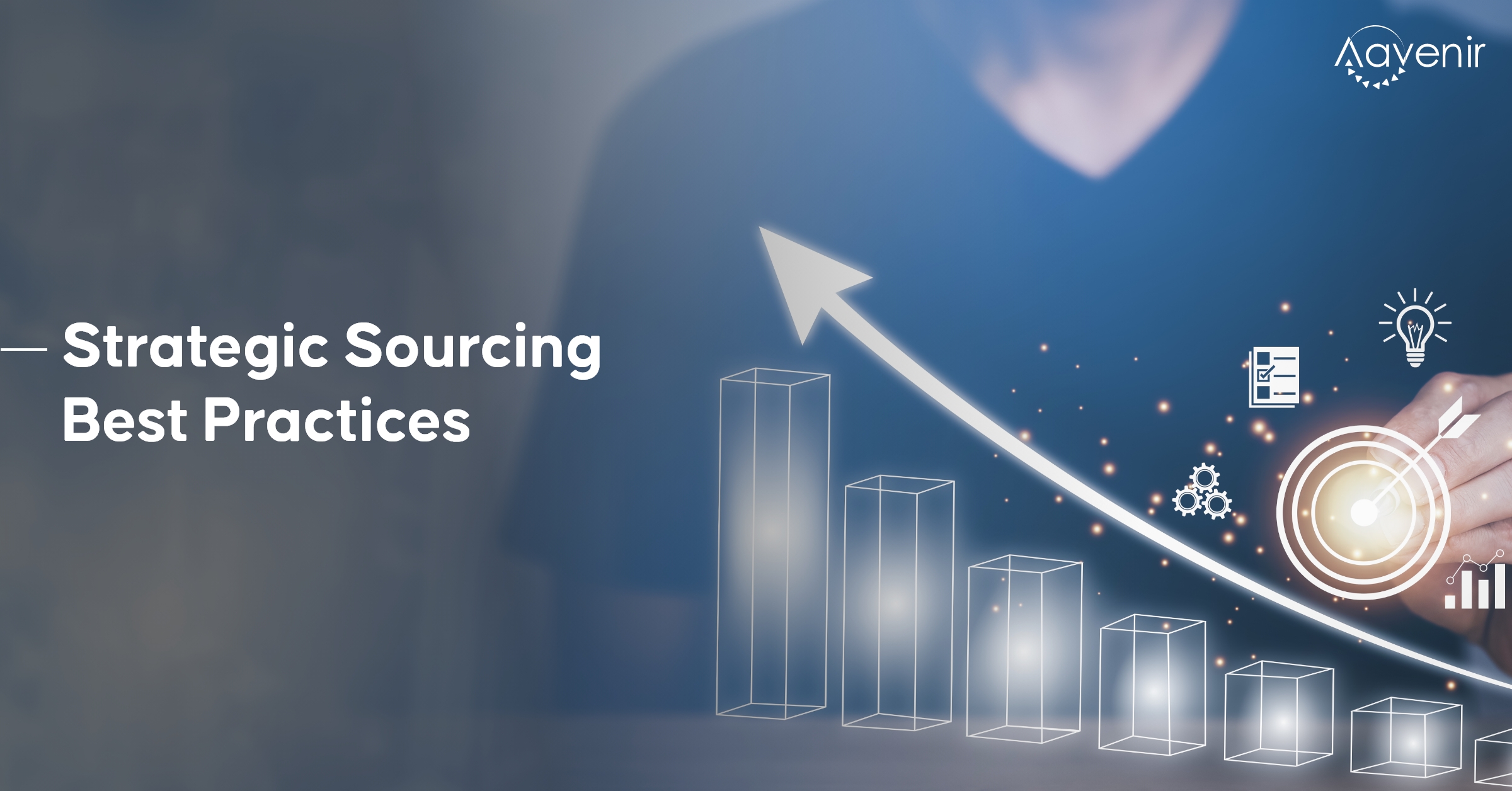Strategic sourcing is the process of identifying, evaluating, and selecting suppliers that can provide goods and services that meet the needs of the organization. It is a key element of supply chain management and can help organizations achieve cost savings, improve quality, reduce risk, and increase innovation. In this blog post, we will discuss some of the best practices in strategic sourcing that can help organizations achieve these benefits.
Develop a Sourcing Strategy
Developing a sourcing strategy is a critical first step in the strategic sourcing process. A sourcing strategy is a plan that outlines how an organization will identify, evaluate, and select suppliers to meet its needs. The goal of a sourcing strategy is to ensure that the organization is sourcing goods and services in the most effective and efficient way possible, while also meeting the organization's needs and objectives.
To develop a sourcing strategy, an organization should start by identifying its needs. This includes determining what goods and services the organization requires, as well as the quantities and quality standards for these items. The organization should also consider the time frame for sourcing these items, as well as any budgetary constraints.
Conduct a Supplier Evaluation
Once the sourcing strategy has been developed, the next step is to conduct a supplier evaluation. This involves assessing the suppliers based on their capabilities, capacity, financial stability, quality, and delivery performance. The evaluation can be done using tools such as supplier scorecards and supplier audits. The evaluation should also take into account the supplier's social and environmental performance.
Switch to an easier, faster way to evaluate your suppliers.
Negotiate the Contract
After selecting the suppliers, the next step is to negotiate the contract. This involves defining the terms and conditions of the agreement, such as price, payment terms, delivery terms, and quality requirements. The contract should be based on the results of the supplier evaluation and should take into account the organization's needs and objectives.
Monitor Supplier Performance
Once the contract has been signed, the organization should monitor the supplier's performance. This involves tracking the supplier's delivery performance, quality performance, and compliance with the contract terms and conditions. The organization should also conduct periodic supplier audits to ensure that the supplier is meeting the organization's needs.
Manage Supplier Relationships
Effective supplier relationship management is critical to the success of strategic sourcing. This involves developing a strong relationship with the supplier based on mutual trust, respect, and communication. The organization should establish regular communication with the supplier and should work collaboratively to identify and address any issues that arise.
Embrace Technology
Technology can play a key role in strategic sourcing. Organizations can use tools such as Aavenir RFPflow to automate the sourcing process and streamline communication with suppliers. These technologies can help organizations achieve cost savings, improve efficiency, and enhance collaboration with suppliers.
Emphasize Continuous Improvement
Continuous improvement is an essential element of strategic sourcing. Organizations should regularly review their sourcing strategy, supplier evaluations, and contract terms and conditions to identify areas for improvement. The organization should work collaboratively with the supplier to implement improvements and should monitor the results of these improvements to ensure that they are achieving the desired outcomes.
Foster a Culture of Innovation
Innovation is a key driver of success in strategic sourcing. Organizations should foster a culture of innovation by encouraging their suppliers to suggest new ideas and solutions. The organization should also invest in research and development to identify new technologies and trends that can help them achieve their sourcing objectives.
In conclusion, strategic sourcing is a critical process for organizations that want to achieve cost savings, improve quality, reduce risk, and increase innovation.
To implement strategic sourcing best practices effectively BOOK A DEMO


